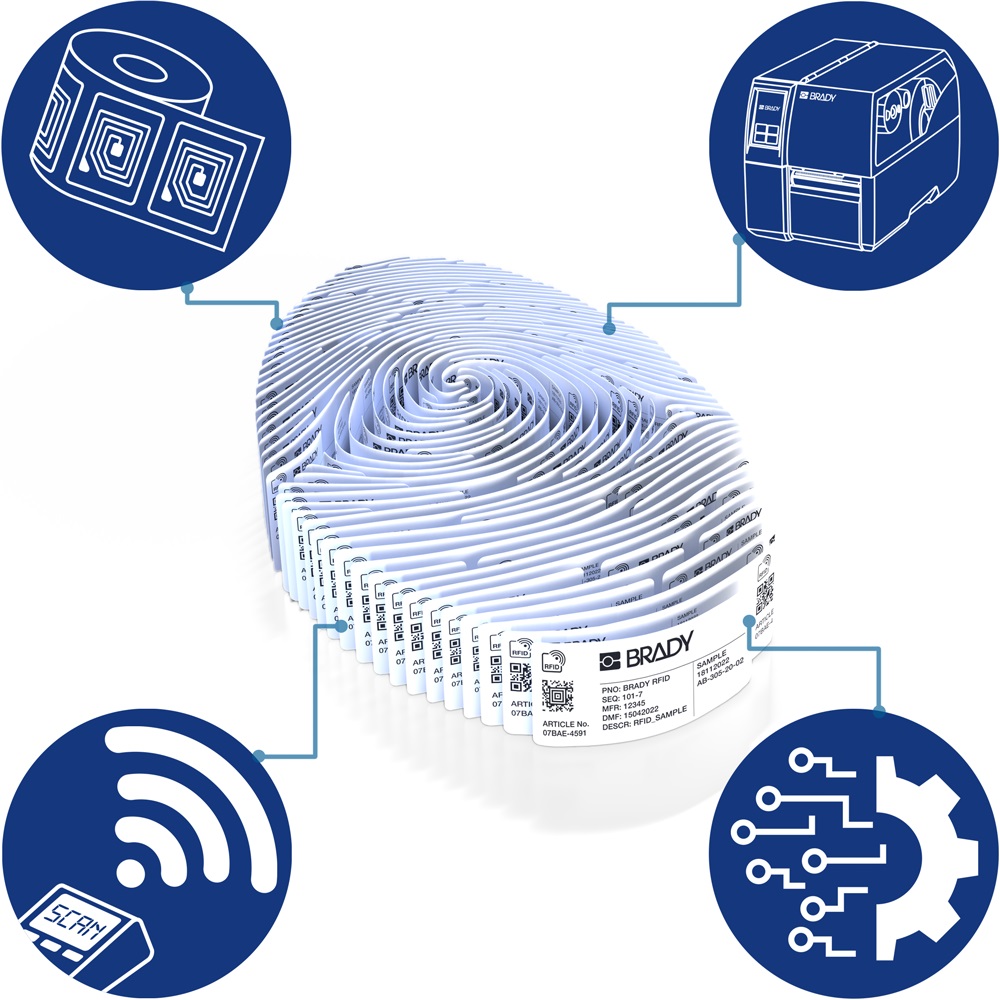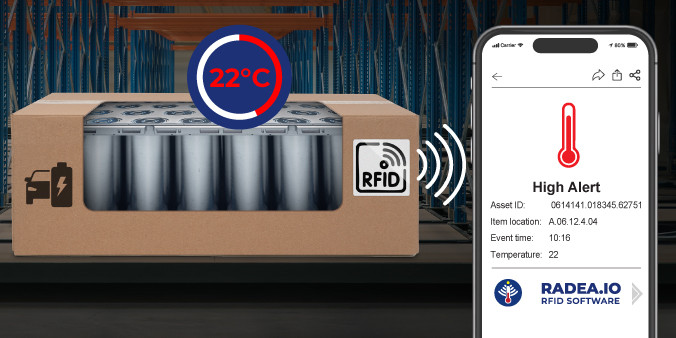RFID for Inventory Management
In an era where data-driven decisions define success, inventory management systems are evolving rapidly. Among the technologies transforming this space is radio-frequency identification (RFID). This innovative solution allows businesses to streamline inventory tracking, improve operational efficiency, and make informed decisions. Here’s a comprehensive look at how RFID technology revolutionizes inventory management.
What is RFID Technology?
RFID (Radio-Frequency Identification) is a communication system that uses electromagnetic fields to identify and track objects automatically.
RFID systems consist of three main components:
- Tags: These store data about the asset or inventory item.

- Readers: Devices that capture the data transmitted by tags.
- Software: Platforms that process and analyze the data, providing actionable insights.
How RFID Works for Inventory Management
The process begins with attaching RFID tags to inventory items. These tags, which can be active, passive, semi-passive, or dual-frequency, contain unique data about the item. RFID readers scan these tags, capturing the transmitted information and sending it to a software system. Unlike barcode systems, RFID doesn’t require line-of-sight for scanning, making it faster and more efficient.
For inventory tracking, passive RFID tags are commonly used due to their cost-effectiveness and long lifespan. Active tags, while more expensive, are ideal for high-value items requiring real-time tracking.
Benefits of RFID in Inventory Management
Operational Efficiency
- Real-Time Visibility: Locate and track multiple items simultaneously without manual scanning.
- Error Reduction: Minimize human errors in counting and locating inventory.
- Time Savings: Eliminate time-consuming manual audits and data entry.
Strategic Insights
- Data-Driven Decisions: Access accurate, real-time data for inventory levels, movement, and location.
- Improved Forecasting: Use historical data to predict inventory needs and optimize stock levels.
- Enhanced Productivity: Automate routine tasks, allowing employees to focus on higher-value activities.
Applications of RFID in Inventory Management.
- Automated Inventory Audits
RFID enables businesses to conduct inventory audits in seconds. For instance, a datacenter using passive RFID tags can track thousands of servers and IT assets with minimal effort. Fixed readers installed at strategic locations ensure no item is missed.
- Efficient Picking and Packing
In warehouses, RFID tags streamline picking and packing operations. Forklifts and handheld readers can track items in real time, ensuring accuracy in order fulfillment and reducing shipping errors.
- Instant Stock Checks
Distribution centers use RFID to automate stock verification. By cross-referencing data with ERP systems, RFID ensures shipments are accurate, reducing returns and delays.
- Preventive Maintenance
Businesses using RFID tags on equipment can monitor usage and schedule maintenance proactively. For example, RFID-enabled tags on manufacturing equipment track operational hours, triggering alerts for maintenance to avoid downtime.
- Temperature and Moisture Monitoring

Temperature-sensitive goods, such as pharmaceuticals or perishables, benefit from RFID’s temperature-sensing capabilities. Similarly, moisture-sensing RFID labels ensure optimal storage conditions for sensitive items.
RFID vs. Traditional Inventory Systems
While barcode systems require line-of-sight scanning and are prone to manual errors, RFID offers superior performance:
- Speed: Scan hundreds of items simultaneously.
- Accuracy: Eliminate human errors.
- Automation: Reduce manual intervention.
Conclusion
RFID technology is a game-changer for inventory management, providing unparalleled efficiency, accuracy, and insights. By investing in RFID solutions, businesses can reduce costs, optimize operations, and stay ahead in competitive markets. Whether it’s real-time tracking, automated audits, or enhanced forecasting, RFID unlocks the full potential of inventory management.
If you’re ready to elevate your inventory tracking, explore RFID solutions tailored to your needs. From labels and readers to software integration, experts like Brady can help you implement a system that meets your operational goals.

